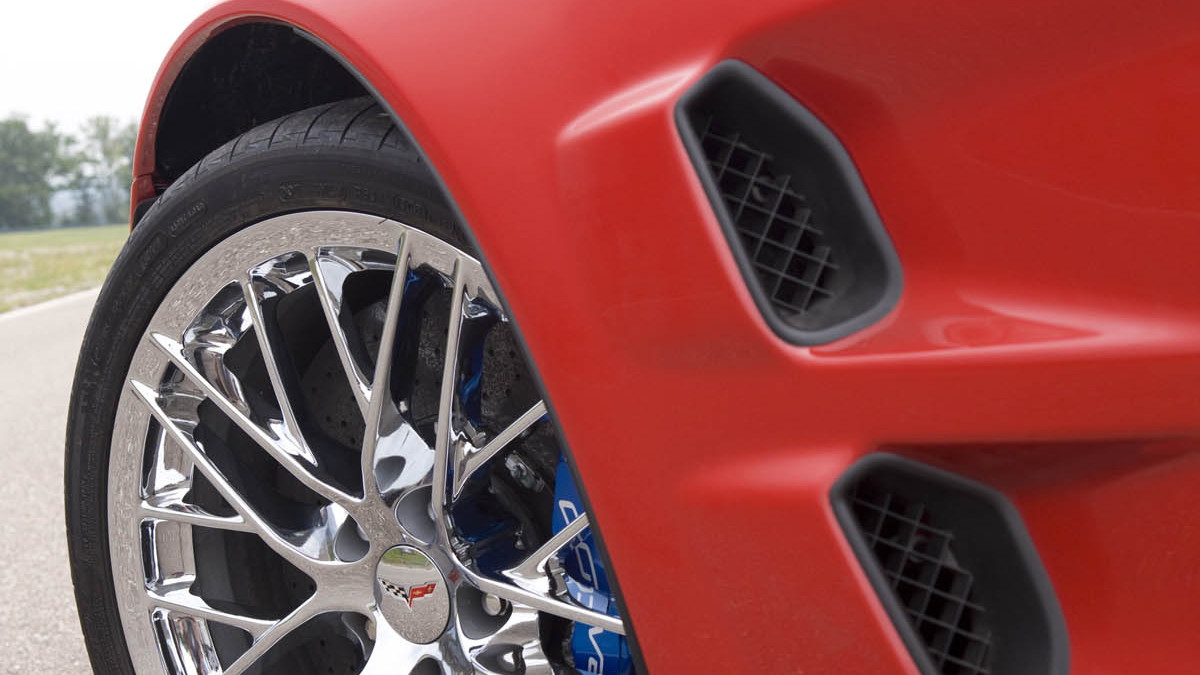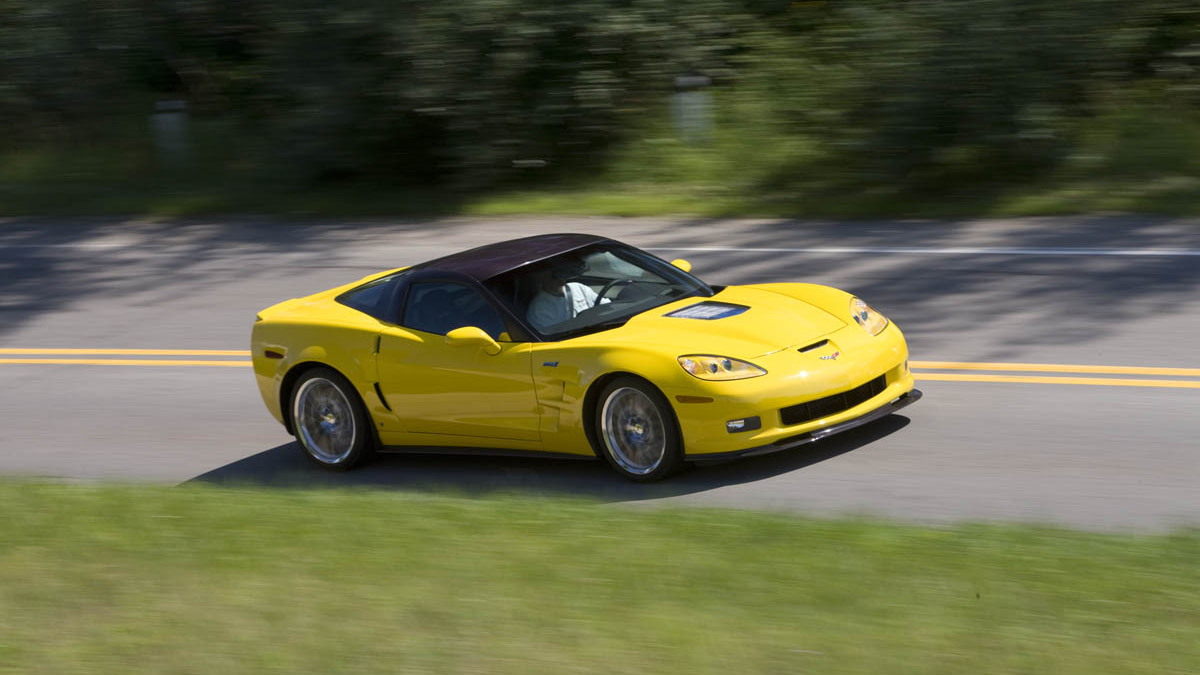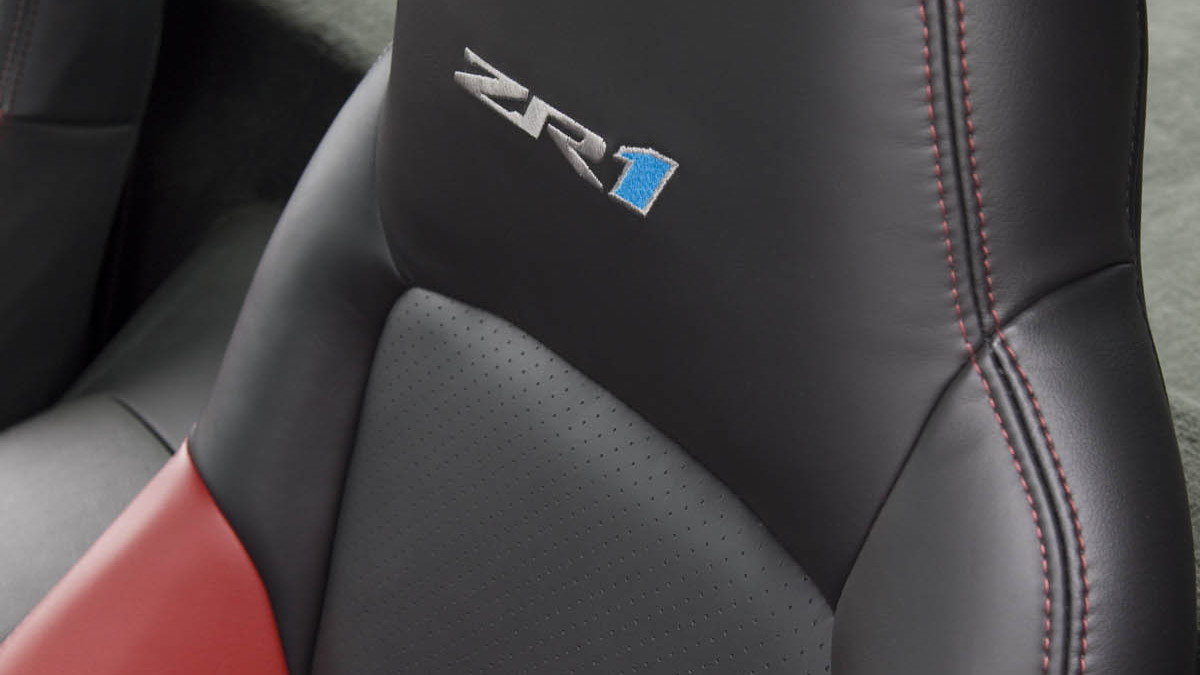Talk of a possible mid-engine layout first surfaced when GM vice chairman Bob Lutz suggested the idea as a way to help improve the car’s fuel consumption. The design would enable engineers to install GM’s line of fuel-saving cylinder-deactivation LS3 V8s in the car, and thus help it survive in a world of 35mpg (6.7L/100km) corporate average fuel economy (CAFE) standards.
The current set-up with the engine up front makes it difficult to deactivate cylinders as it would require an additional clutch to deactivate the driveshaft between the engine and rear mounted transaxle.
Unfortunately for proponents of the mid-engine Corvette, the extra weight of the heavier rear cowl would offset any fuel savings, reports MotorTrend. Furthermore, the added cost of developing an entirely new platform is simply too risky for GM in its current financial state.
In the end, the idea was thrown out. Instead, GM plans to stick with the current format although the C7’s launch will likely be pushed back beyond 2012. While the front-engine layout remains safe, new generations of the Corvette may forgo a V8 engine in favor of high-performance forced-induction V6 units. There is also talk of a Haldex-sourced AWD system being available, as well as a dual-clutch transmission, however according to the car’s lead development engineer, Tom Wallace, nothing will be confirmed until the effects of the CAFE standards are known.









